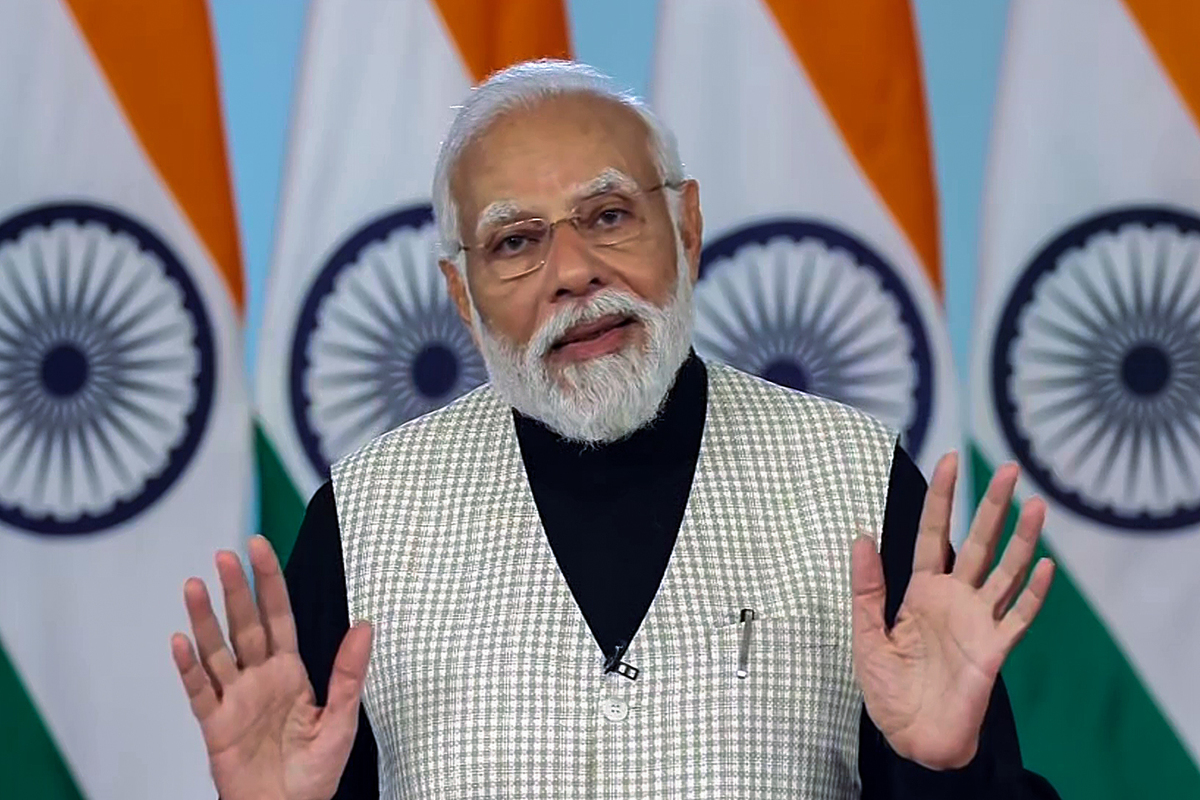Former RBI Governor appointed Principal Secretary-II to PM
Dr P K Mishra is the Principal Secretary-I to the Prime Minister.
The peace accord signed between the Rajkhowa faction of the United Liberation Front of Asom (ULFA) and the Centre emerges as both a ray of hope and a subject of scepticism.

PM Narendra Modi
The peace accord signed between the Rajkhowa faction of the United Liberation Front of Asom (ULFA) and the Centre emerges as both a ray of hope and a subject of scepticism. The agreement, heralded as a historic moment by Prime Minister Narendra Modi, promises to usher in peace and development, yet its contours raise questions that cannot be ignored. The agreement, signed in the presence of Assam chief minister Himanta Biswa Sarma and union home minister Amit Shah, outlines ambitious promises.
A staggering investment of Rs 1.5 lakh crore, reserved assembly seats for indigenous people, and the declaration of Assam’s annual floods as a ‘national priority’ seem like positive steps toward addressing long standing issues. However, the devil lies in the details yet to be unveiled, leaving Assam’s populace and observers in a state of cautious optimism. The opposition’s cries of ‘political gimmick’ cannot be dismissed outright. The timing, just ahead of the 2024 parliamentary polls, raises eyebrows and fuels scepticism about the sincerity of the accord.
Advertisement
Opposition leader Debabrata Saikia’s assertion that many clauses appear as routine duties of any elected government resonates with those wary of political posturing overshadowing genuine progress. The omission of any reference to the Assam Accord of 1985 adds a layer of complexity to the narrative. The 1985 accord was a pivotal agreement that sought to address the fallout of the Assam agitation, including the identification and deportation of illegal immigrants. Its absence in the recent pact leaves a void, and one cannot help but wonder about the implications of side-lining a historical document that played a crucial role in shaping Assam’s trajectory. The promise of reserved assembly seats for indigenous people, while commendable, invites scrutiny. The lack of clarity on the criteria for determining who qualifies as ‘indigenous’ leaves room for ambiguity and potential discontent. The parameters, aligned with the delimitation exercise carried out in 2023, add another layer of uncertainty, raising questions about the inclusivity of the process. The assurance related to the Citizenship Amendment Act (CAA) deserves attention.
Advertisement
The commitment to withhold its implementation in Assam until the Supreme Court’s final judgment on pending petitions reflects a cautious approach. However, this aspect underscores the legal complexities surrounding the CAA and its contentious nature, leaving Assam in a state of suspended anticipation. In the aftermath of the accord, the voices of dissent from opposition leaders, such as Mr Akhil Gogoi, raise pertinent questions about the pact’s efficacy in addressing the diverse aspirations of the Assamese people. Mr Gogoi’s characterisation of the agreement as “disgusting” and more akin to an “election manifesto of the BJP” highlights the depth of scepticism that persists despite the historic nature of the occasion. As Assam treads the path towards peace and development, it is imperative to balance optimism with a critical lens
Advertisement